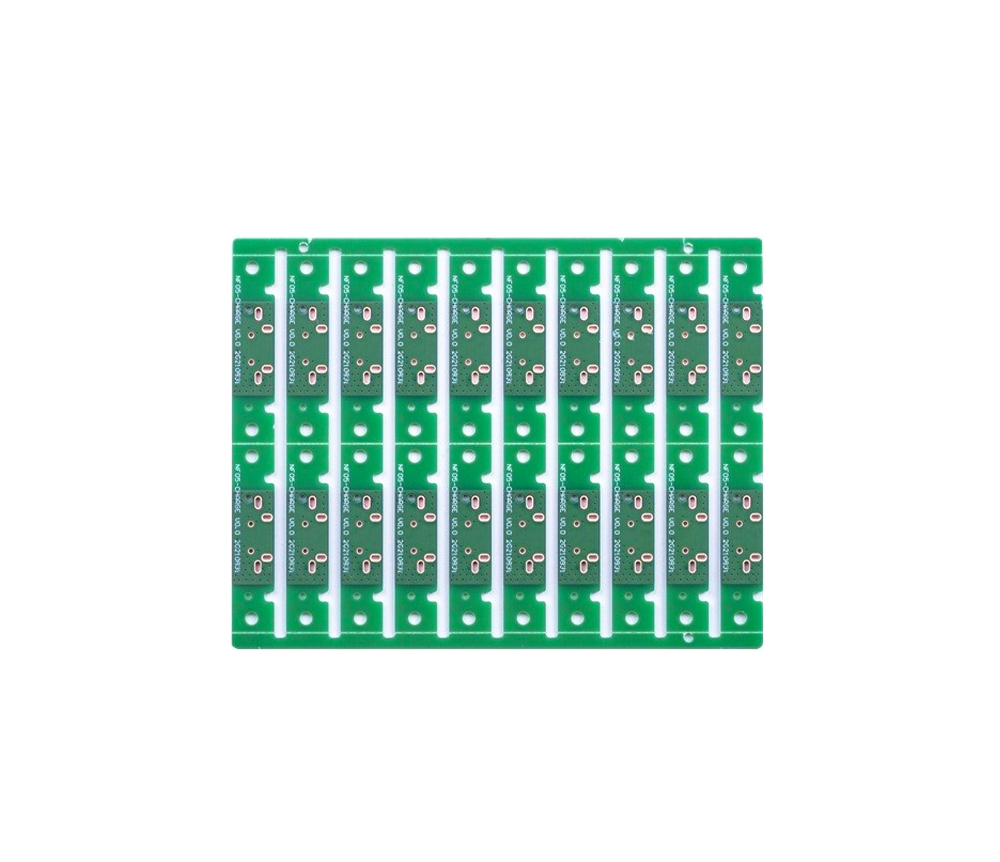 +86 755 2794 4155
+86 755 2794 4155  sales@knownpcb.com
sales@knownpcb.com
-
Shenzhen KNOWNPCB Technology Co., Ltd.
 +86 755 2794 4155
+86 755 2794 4155  sales@knownpcb.com
sales@knownpcb.com
 2023-07-15
2023-07-15
 305
305

QFN packaging has excellent thermal performance, mainly because there is a large area of heat dissipation pads at the bottom of the packaging. In order to effectively transmit heat from the chip to PCB, the bottom of the PCB must be designed with the corresponding heat dissipation pads and heat dissipation. The heat dissipation pads provide a reliable welding area, and the perfunction provides heat dissipation channels.
The size of the heat dissipation pads is at least matched with the exposure of the component. However, various other factors are needed, such as avoiding bridges with the peripheral pads. The amount and size of the heat dissipation depends on the application of the package, the size of the chip power, and the electrical performance requirements. It is recommended that the distance between heat dissipation is 1.0mm to 1.2mm, and the size of the perforated is 0.3mm to 0.33mm. There are four design forms of heat dissipation over -the -pels: such as using a dry membrane welded film from the top or bottom of the pores; or using a liquid light sensor (LPI) welded film to fill from the bottom; or use "penetrating holes". These methods are described in Figure 4. All these methods are beneficial and disadvantaged: welding from the top is better to control the pores, but the welded layer of the PCB top surface will hinder the printing of the welded paste; and the bottom obstacles and the bottom filling are due to the due to the bottom filling. Gas' outside can produce large pores, covering 2 heat pores, which has adverse effects on thermal performance; through the holes allowing solder welds to flow into the holes and reduce the size of the pores, but the welded material on the bottom of the component's bottom pile of components It will be reduced. The design of the heat dissipation should be based on the specific situation. It is recommended to use the form of welding.
The re -welding curve and peak temperature also have a great impact on the formation of the pores. After many experiments, it is found that when the peak return temperature increases from 210 ° C to 215 ° C to 220 ° C, the pores decreased from 210 ° C to 215 ° C to 220 ° C. ; For the penetration holes, the outflow of the welded at the bottom of the PCB decreases with the decrease in the return temperature.

Or call +86 755 2794 4155
Inquiry Now

